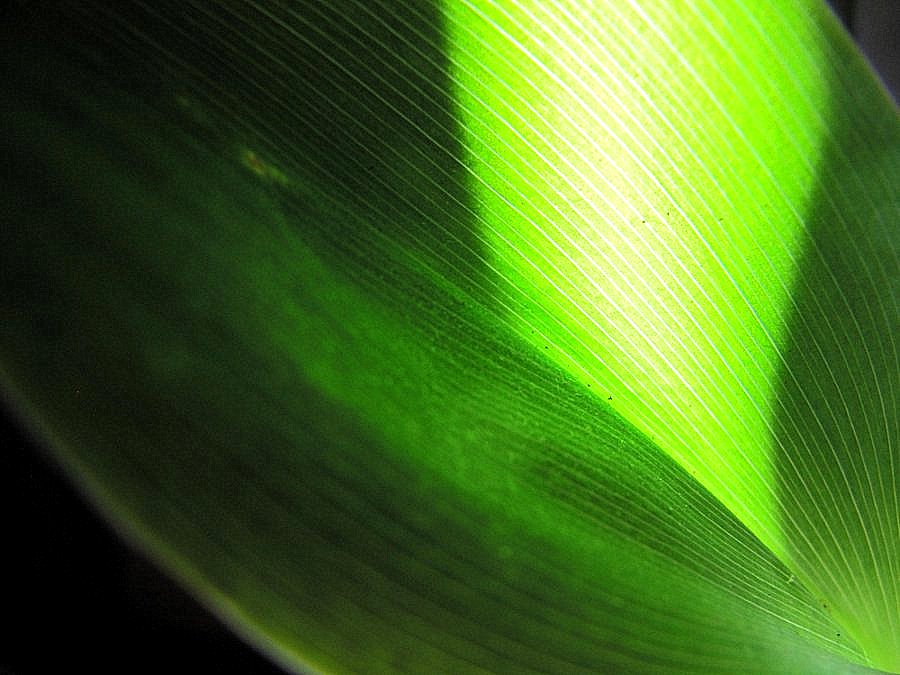The Best of Australian Science: April 2013

It is time to recount April’s highlights, the most read and interesting articles from the month in the fields of science, education, internet technologies, space, and among others.
If you are interested in science blogging and contributing to Australian Science – contact us and check out the Editor’s note.
Until next month’s review, stay curious, scientifically and artistically passionate. I hope you’ll enjoy these stories.
A Supernova Post-Mortem in Radio Waves by Markus Hammonds
Supernova which are close enough to see with the naked eye are rare beasts. This was, and still is, the only one close enough and visible enough to see properly with modern telescopes, giving us some of the best information we’ve ever had about how an exploding supernova interacts with the dusty interstellar clouds which surround it.
The latest observations of this literally awesome event come courtesy of a team of astronomers working in Australia and Hong Kong, led by Giovanna Zanardo at the International Centre for Radio Astronomy Research (ICRAR). Using CSIRO’s Australia Telescope Compact Array in New South Wales, the researchers have published the highest resolution images of the stellar explosion’s aftermath ever taken. More>>
The CO2 Bargaining Business by Kelly Burnes
Does anyone think this 2-degree goal is achievable? You know, that we can keep global temperatures from increasing 2°C? It’s time to admit that it cannot be. It’s time to set new goals. Goals not based on single-digit bargaining at the next climate convention. Some of the world’s nations agreed to limiting global warming to 2°C (3.6°F) over pre-industrial temperature levels four years ago; a voluntary goal. Our approach to tackling climate change has been to put, what seems to be, arbitrary limits on CO2 emissions while not seeking to take accountability for the issues causing those emissions. This goes for both the developed world and the emerging market economies. More>>
New light on dark matter: space station magnet attracts praise by Kevin Orrman-Rossiter
The visible matter in the universe, such as you, me, the stars and planets, adds up to less than 5% of the universe. The other 95% is dark, either dark matter or dark energy. Dark matter can be observed indirectly through its interaction with visible matter but has yet to be directly detected.
Cosmic rays are charged high-energy particles that permeate space. The AMS is designed to study them before they have a chance to interact with Earth’s atmosphere. An excess of antimatter within the cosmic rays has been observed in two recent experiments – and these were labelled as “tantalising hints
 Follow
Follow